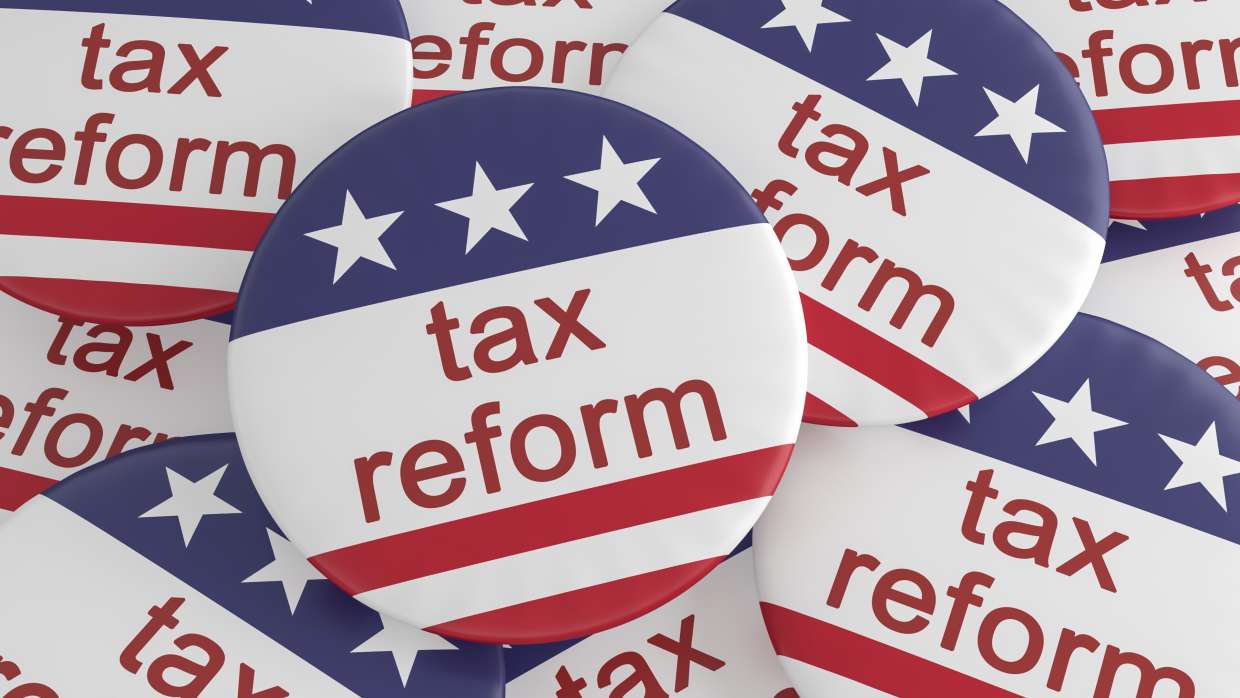 Following Governor Mark Dayton’s veto of legislation that would have conformed Minnesota’s tax system to the new Federal tax law, there is uncertainty as to what this means for businesses and individuals. The following guest blog courtesy of Eide Bailly provides a helpful overview of where things stand and the key issues to follow moving forward.
Following Governor Mark Dayton’s veto of legislation that would have conformed Minnesota’s tax system to the new Federal tax law, there is uncertainty as to what this means for businesses and individuals. The following guest blog courtesy of Eide Bailly provides a helpful overview of where things stand and the key issues to follow moving forward.
Should you wish to discuss this issue further, please be sure to contact one of our fantastic member businesses with tax expertise.
Guest Blog from Eide Bailly
Governor Mark Dayton vetoed H.F. 947 on May 23, which was legislation intended to bring conformity between federal and Minnesota tax filings. While there were a number of other areas of interest included in H.F. 947, Minnesotans now are facing a somewhat unpredictable tax storm. Minnesota businesses and individuals will be preparing federal tax returns under the new federal tax reform regulations while calculating and paying Minnesota taxes under old IRS rules as of December 16, 2016. With Dayton’s veto, federal legislation enacted from December 16, 2016, through March 31, 2018—which notably includes the federal tax reform effort known as the Tax Cuts and Jobs Act—will not become part of Minnesota tax law.
Details of H.F. 947
The Minnesota House Research Department summary of H.F. 947 said the bill would have reduced the corporate franchise tax rate from 9.8 percent to 9.65 percent for 2018 and 2019 and to 9.1 percent for the years after 2019. In addition, the corporate alternative minimum tax would have been repealed. Then, on the individual side, the tax rates for a single filer would have been reduced from 5.35 percent to 5.25 percent after 2019. For taxpayers with income between $25,890 and $85,060 the rate would have been reduced from 7.05 to 6.95 for 2018 and 2019 and then 6.85 percent. Other tax brackets would have remained unchanged.
While a rate reduction is significant for many, the beginning point in determining the taxable income is critical. Two such beginning points in federal tax reform were in play. The first is allowing the global intangible low-taxed income included in federal taxable income to be deducted from Minnesota tax. The bill would have required S corporation shareholders to add the deduction for foreign-derived intangible income back to federal adjusted gross income. The bill would also have allowed the dividend received deduction on deemed repatriation income as well as the federal preferred rate. The bill was estimated to save multinational corporations $200 million in state taxes.
More Information to Come
The Minnesota Department of Revenue commissioner released a statement on May 23 announcing efforts to update the department’s processes for the 2019 tax season. We are following information from them and will keep you advised.




